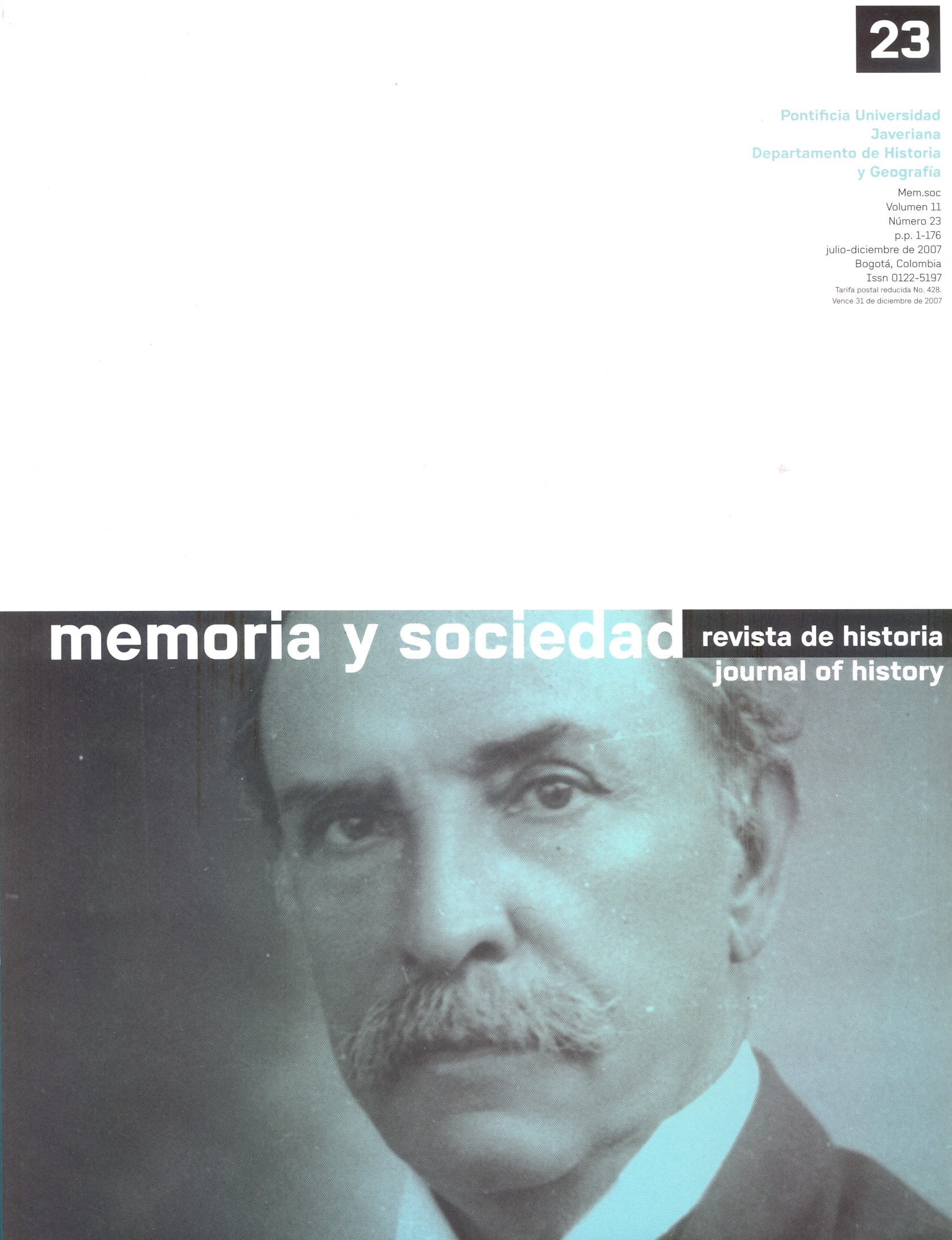Abstract
The objective of this article is to analyze the demon´s function in the book Falacias del demonio y de los vicios que apartan del Camino Real del Cielo […]written by Fray Felix de Alamín- a Spanish capuchin-, reprinted in Madrid at 1714, like an example of the baroque cultural production in Spain that reached to early 18th century. In this period, the politics and socials conjunctures and the long endurance history flowed into the Spanish empire decadence, generating a change in the perception of this “God’s enemy”. We study continuities and discontinuities in demon´s speech written by the friar, reflected by his own time, interconnecting the “Golden Century” in Spain with the mystical bases and religiosity new ways to the early years in the 18th century.The journal Memoria y Sociedad is registered under a Creative Commons Attribution 4.0 International Public License. Thus, this work may be reproduced, distributed, and publicly shared in digital format, as long as the names of the authors and Pontificia Universidad Javeriana are acknowledged. Others are allowed to quote, adapt, transform, auto-archive, republish, and create based on this material, for any purpose (even commercial ones), provided the authorship is duly acknowledged, a link to the original work is provided, and it is specified if changes have been made. Pontificia Universidad Javeriana does not hold the rights of published works and the authors are solely responsible for the contents of their works; they keep the moral, intellectual, privacy, and publicity rights.
Approving the intervention of the work (review, copy-editing, translation, layout) and the following outreach, are granted through an use license and not through an assignment of rights. This means the journal and Pontificia Universidad Javeriana cannot be held responsible for any ethical malpractice by the authors. As a consequence of the protection granted by the use license, the journal is not required to publish recantations or modify information already published, unless the errata stems from the editorial management process. Publishing contents in this journal does not generate royalties for contributors.

